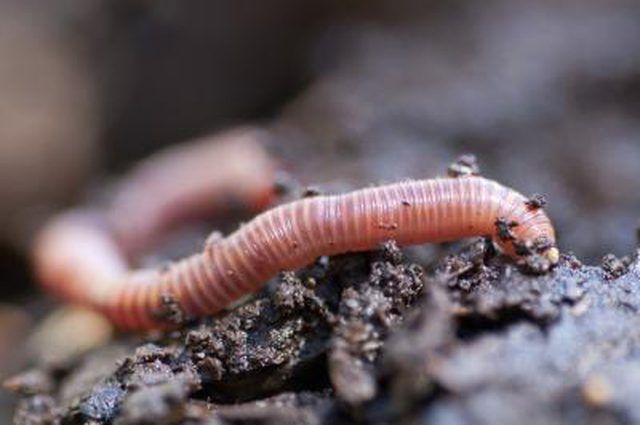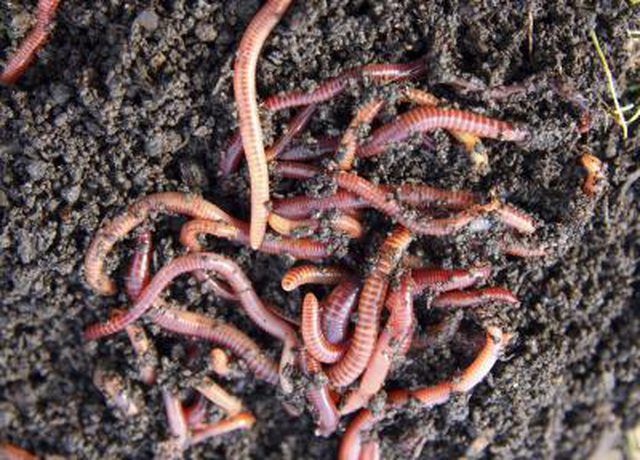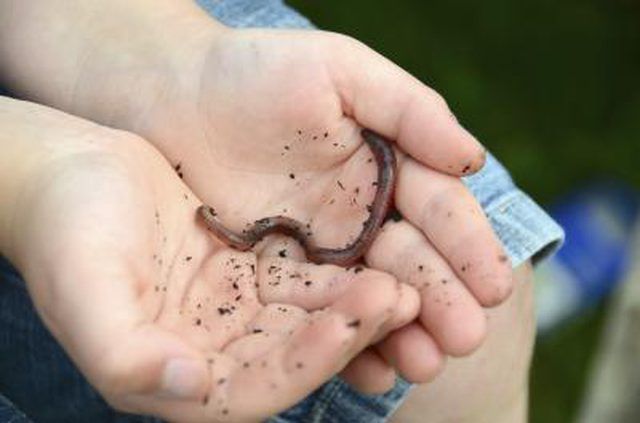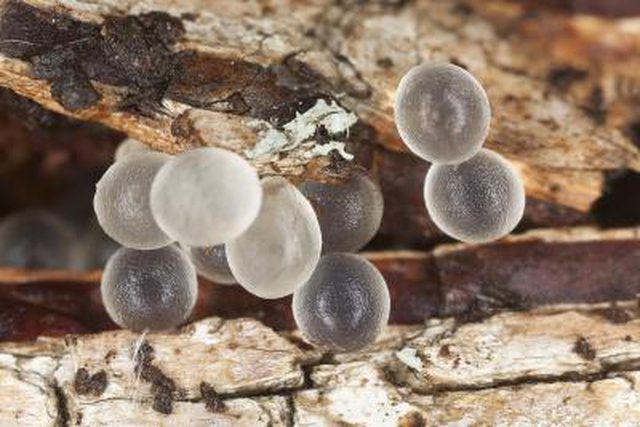Bulbs
Flower Basics
Flower Beds & Specialty Gardens
Flower Garden
Garden Furniture
Garden Gnomes
Garden Seeds
Garden Sheds
Garden Statues
Garden Tools & Supplies
Gardening Basics
Green & Organic
Groundcovers & Vines
Growing Annuals
Growing Basil
Growing Beans
Growing Berries
Growing Blueberries
Growing Cactus
Growing Corn
Growing Cotton
Growing Edibles
Growing Flowers
Growing Garlic
Growing Grapes
Growing Grass
Growing Herbs
Growing Jasmine
Growing Mint
Growing Mushrooms
Orchids
Growing Peanuts
Growing Perennials
Growing Plants
Growing Rosemary
Growing Roses
Growing Strawberries
Growing Sunflowers
Growing Thyme
Growing Tomatoes
Growing Tulips
Growing Vegetables
Herb Basics
Herb Garden
Indoor Growing
Landscaping Basics
Landscaping Patios
Landscaping Plants
Landscaping Shrubs
Landscaping Trees
Landscaping Walks & Pathways
Lawn Basics
Lawn Maintenance
Lawn Mowers
Lawn Ornaments
Lawn Planting
Lawn Tools
Outdoor Growing
Overall Landscape Planning
Pests, Weeds & Problems
Plant Basics
Rock Garden
Rose Garden
Shrubs
Soil
Specialty Gardens
Trees
Vegetable Garden
Yard Maintenance
How Do Earthworms Breathe?
How Do Earthworms Breathe?. Worms breathe through their skin, as they don't have any lungs or nose. Their mouth is used for eating organic and rotting material along with soil. Breathing through their skin allows them to stay underground for long periods. They also don't have any eyes or ears but rather sense their way along with chemical and light...

Worms breathe through their skin, as they don't have any lungs or nose. Their mouth is used for eating organic and rotting material along with soil. Breathing through their skin allows them to stay underground for long periods. They also don't have any eyes or ears but rather sense their way along with chemical and light sensitive cells.

The skin's moisture plays a key role in how oxygen travels into the worm. The worm exposes itself to oxygen by either lying out in the open or burrowing into the soil. Oxygen meets the dampness of the skin and breaks down to be absorbed through the small tiny blood vessels called capillaries just under the skins surface. The oxygen then travels through these blood streams and is pushed throughout the body with their five larger blood vessels that resemble hearts. Once through the body, the capillaries push the waste of carbon dioxide back out the same capillaries through the skin and away from the worm.

Worms often spend most time underground or underneath things as their skin has to stay moist. It cannot be allowed to dry out or the pores will not enable oxygen to be broken down and then absorbed. There is usually enough oxygen in the soil to keep worms alive. During rainy times, it is suspected that the ground is so moist, there is not enough oxygen to breathe in so they often come will come to the surface in an effort to avoid suffocating. Worms also come to the surface more at night to avoid the heat of the day. They are unable to breathe underwater as the water blocks off the pores. Staying moist but not wet is the key to their survival.

These little creatures are cold blooded and actually hatch from cocoons rather than being born live. When a worm reproduces, it leaves behind a soft sac of goo in which the necessary fertilizing elements are left behind. After their sack is put into the dirt, the outer part hardens and becomes leathery but remains moist. The embryos grow inside much like that of a chicken in an egg. The nutrients inside the sack supply the growing embryo with the oxygen it needs during that time. When the nutrients run out, the embryo breaks free and begins living in the environment where it begins to receive oxygen directly through the skin.
